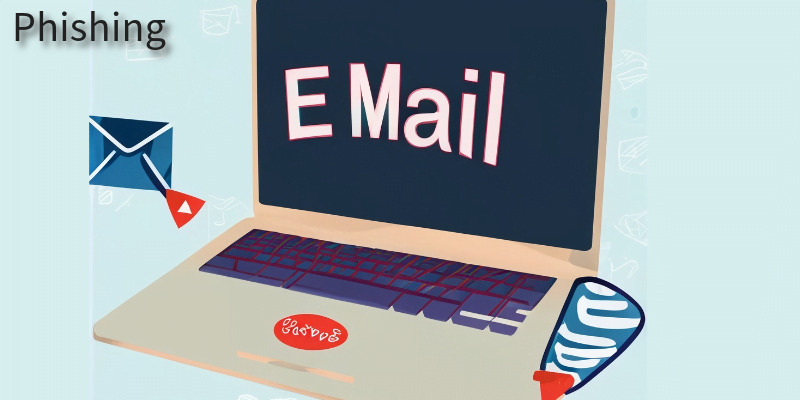Staying Safe from Phishing Scams: Your Ultimate Guide. What is phishing? This guide will take you through an introduction to what phishing is and how to protect yourself.
Introduction
In today’s digital age, where technology plays an integral role in our lives, the threat of phishing scams looms larger than ever. Phishing scams are deceptive attempts by cybercriminals to steal your personal information, such as passwords, credit card details, and social security numbers. These scams often come disguised as legitimate emails, messages, or websites, making them difficult to detect. However, with the right knowledge and practices, you can protect yourself and your sensitive data from falling into the wrong hands. In this article, we’ll explore what phishing scams are, how they work, and provide you with essential tips to stay safe.
What is Phishing?
Phishing is a cybercrime technique where attackers impersonate trusted entities to trick individuals into divulging confidential information. These attacks can come in various forms, including emails, text messages, social media messages, or fake websites. Phishers often pose as well-known companies, financial institutions, government agencies, or even friends and family members, exploiting trust and familiarity to their advantage.
How Phishing Scams Work
- Email-Based Phishing: Cybercriminals send fraudulent emails that appear to be from legitimate sources. These emails often contain links to fake websites that mimic real ones, prompting recipients to enter their personal information.
- Spear Phishing: This type of phishing targets specific individuals or organizations. Attackers research their targets and craft highly personalized messages to increase the chances of success.
- Smishing: Phishers use text messages (SMS) to trick individuals into clicking malicious links or providing sensitive information.
- Vishing: In vishing (voice phishing), scammers use phone calls to impersonate trusted entities, often requesting sensitive information or urging victims to visit fake websites.
- Social Media Phishing: Attackers create fake social media profiles or pages, luring victims to engage with them or click on links that lead to phishing websites.
- Clone Phishing: Phishers copy legitimate emails and make slight modifications to deceive recipients into clicking malicious links or downloading malware.
- Malware-Infected Attachments: Cybercriminals may send emails with infected attachments that, once opened, install malware on the victim’s device to steal information.
Tips to Stay Safe from Phishing Scams
- Verify the Sender: Always double-check the sender’s email address or phone number. Be cautious of slight misspellings or variations in domain names, as phishers often use them to mimic legitimate senders.
- Think Before You Click: Refrain from clicking on links or downloading attachments from unsolicited emails or messages. Hover your mouse pointer over links to preview the destination URL before clicking.
- Use Strong Passwords: Create complex and unique passwords for all your online accounts. Consider using a reputable password manager to securely store and manage your passwords.
- Enable Two-Factor Authentication (2FA): Whenever possible, enable 2FA for your online accounts. This adds an extra layer of security by requiring a one-time code in addition to your password.
- Educate Yourself: Stay informed about the latest phishing tactics and scams. Cybersecurity awareness and training can help you recognize phishing attempts more easily.
- Install and Update Security Software: Use reputable antivirus and anti-malware software on your devices. Keep these programs up-to-date to protect against the latest threats.
- Verify Requests for Personal Information: If you receive a request for sensitive information, whether through email, text, or phone call, independently verify the request’s legitimacy. Contact the organization using official contact information.
- Be Cautious on Social Media: Limit the amount of personal information you share on social media platforms, as phishers may use this information against you. Be wary of unsolicited messages and friend requests.
- Report Suspicious Activity: If you suspect that you’ve encountered a phishing attempt, report it to your email provider, social media platform, or relevant authorities.
Conclusion
Phishing scams continue to be a prevalent and evolving threat in our increasingly connected world. However, by staying vigilant, practicing good cybersecurity hygiene, and following the tips outlined in this article, you can significantly reduce your risk of falling victim to these deceptive attacks. Remember that your online security is in your hands, and a little caution can go a long way in protecting your sensitive information and personal data. Stay safe and stay informed!
Staying Safe from Phishing Scams
Contact us for more information about how to protect yourself.

